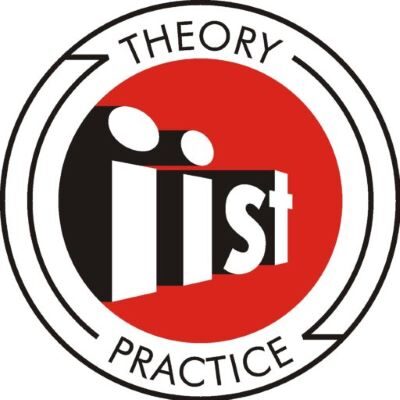Happy Selling
Selling Ideas that give You SHAKTI
(SHAKTI stands for Skills Habits Attitude and Knowledge Training Interventions)
An Introduction to the Sales Process
The existence of a sales process is most visible in the sales activity of a life insurance salesperson. In no other product category is the sales process so visible, so necessary to adhere to, and to implement. Let us take a brief look at the components of the sales process in life insurance selling.
Planning
Before we start to work, we need to know the market segments we are going to tap during the month or the year under review.
Goal Setting
Why do we want to earn money and how much do we want to earn? Also how much do we want to earn this month, this year and so on, so that our financial goals are achieved. All goals must be capable of being measured and must be realistic to the time we can devote and at the same time realistic to our work discipline and habits.
List of Leads
For every week/month/year we must have a written list of leads of people known to you or referred to you. We should not make the mistake of categorizing this list into suspects and prospects. All persons known to us are our prospects till we have sufficient information from them that they are no more interested in pursuing the idea of buying life insurance. In our business there are no suspects.
New Lead Generation
You must decide the method you are going to use to get references from the people known to you and identify how much time you are going to spend on this activity on a daily basis.
Pre-approach
Getting to know your lead. Information that you need to know include, the lead’s age, occupation, how many dependents, his income and his interests.
Preparation
Preparing yourself mentally and preparing the environment from where you are going to make your telephone calls for an appointment. Prepare yourself to stay cool, calm and composed.
Approach
The first contact or phone call you make with your lead for an appointment. The objective of the Approach phone call is to get an appointment and not to make a sale. Getting an appointment is an important stage in the process of prospect qualification. A person who grants an appointment is one who is open to the idea of discussing life insurance as a method of planning for risks and family welfare.
Needs Analysis
The first meeting with your prospect is where you try to find out what his financial priorities are and what kind of emotions he has. Selling life insurance is an emotional process. It is the process of needs analysis that brings the emotions of the prospect into the sales process. Understanding the emotional needs of a prospect is the key to selling life insurance.
Fact Find
The process of Fact Find starts after Needs Analysis. While conducting Needs Analysis, you have established, in agreement with the prospect, the precise long-term financial liabilities to plan for. During Fact Find the task is to find out the existing savings and investments and calculate the gap for which further savings are to be made within the time available.
Presenting Solutions
We must present solutions to the needs of the prospects. Solutions can be single product or a combination of products. It is important to remember that we are not presenting products, but solutions. Solutions are what the prospect wants. Products are what you have. The prospect is not interested in your products. He wants to know, for example, how to plan for his or her retirement. Planning for his or her retirement is the solution he or she seeks.
Follow-up interviews
No prospect agrees to buy a solution presented by you, immediately on it presentation. Usually there are many objections, reservations and hesitations. This necessitates follow-up visits.
Objections
The reservations that a prospect might have for not continuing with the sales process to its logical end. Handling objections is an art that every agent must learn. Handling objections is the only challenge in selling life insurance. Most of the agents who give up selling life insurance are those who cannot handle objections.
Closing
The completion of the sale, with a signed proposal form and the cheque or by other payment modes.
Financial and Medical underwriting
The sales process is not over when you receive the premium payment. An important step is underwriting. Underwriting completion and acceptance by the life company, after meeting all underwriting requirements, is also a part of sales process.
Policy delivery
The sale is completed when the policy document issued by the company reaches the customer. It may be a digital copy or a physical copy. Most customers are comfortable with a physical copy. It is the duty of the agent to deliver a physical copy of the policy document to the customer.
Relationship building
Once the policy is delivered, the post-sales process activity of relationship building begins. Visits to the customer’s place, greeting messages, sharing of information that could be of interest to the customer, etc. are activities that need to be carried out by the agent to build a long-lasting relationship and to continuously generate references from the customer.
